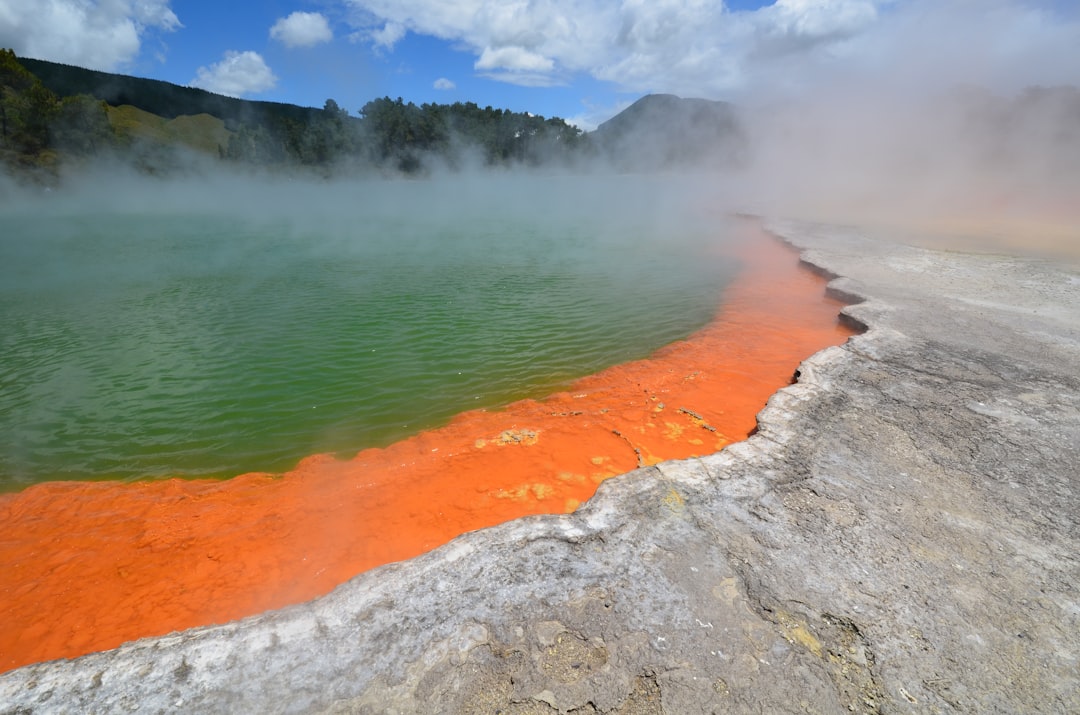What is it about?
The fluvial depositional conditions controlling the extent of daylight bleaching are reconstructed by sedimentological studies. The relation between the amount of bleaching and sedimentological properties of fluvial deposits indicate that ripple cross-laminated sands that accumulated on the floodplain and horizon tally-bedded sands deposited in shallow channels are more appropriate for OSL dating than sands de rived from the deep channel. Along with luminescence results obtained for the river deposits, data measured from an ancient pottery sample, ensuring complete reset of the OSL signal, are presented, compared to and discussed. On this base the poorly bleached sediment samples are identified and an adjustment factor is introduced for correct ng their OSL dating results in or der to avoid age in version. The application of the adjustment factor is found to minimize over estimation of OSL ages of sediments.
Featured Image
Why is it important?
The main aim of the peper is to establish a luminescence-based chronology for the Weichselian pro- and extraglacial fluvial deposits of the Torun Basin. The fluvial sediments are differentiated by their structural and textural features, enabling distinction of particular sedimentary units. Each unit sampled for luminescence dating and incomplete bleaching was recognized by measuring the equivalent dose(DE) distributions. It appears that a few samples were insufficiently bleached which requires special treatment for DE assessment in order to avoid age overestimation. Such analysis of luminescence data was correlated with the architecture of depositional environments of sand-bed braided rivers and with mode of material transport and deposition. The reason for undertaking these studies was the OSL age inversion observed in a sequence of thick fluvial deposits exposed at the study sites.
Read the Original
This page is a summary of: The relation between optical bleaching and sedimentological features of fluvial deposits in the Toruń Basin (Poland), Geological Quarterly, March 2012, Polish Geological Institute,
DOI: 10.7306/gq.1074.
You can read the full text:
Contributors
The following have contributed to this page










